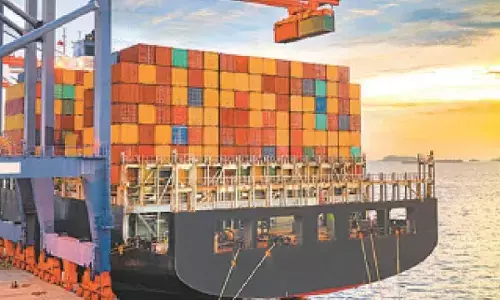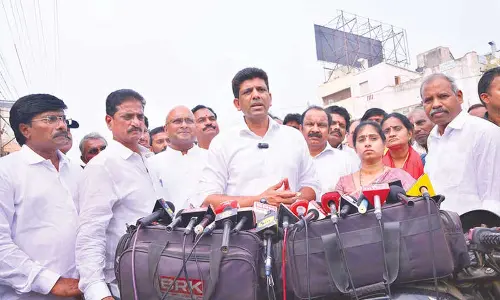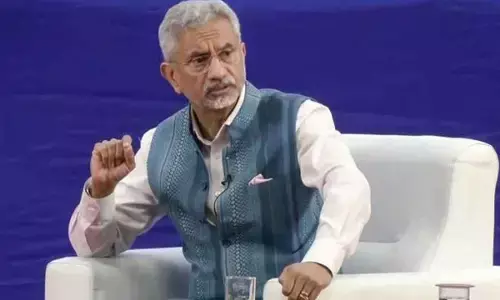Fortify urban hotspots to protect children from third wave

Fortify urban hotspots to protect children from third wave
Sixteen-year-old Priyanka Rauth, along with her parents and grandmother, live in a one-room shelter in one of the most crowded slums of Kolkata.
Sixteen-year-old Priyanka Rauth, along with her parents and grandmother, live in a one-room shelter in one of the most crowded slums of Kolkata. The family shares a community toilet with 12-13 other families in the neighbourhood. When her mother, the only earning member in the family, tested Covid-19 positive, she was unable to isolate herself completely in her 6x7 ft shanty. The family was forced to fight the virus in their claustrophobic living conditions. Priyanka's story is not an isolated case as thousands living in urban hotspots continue to play catch-me-if-you-can with the Covid-19 virus.
Assessing The Impact
Since the beginning of the pandemic, urban areas have been hotspots, both globally and in India. With 20,26,092 active cases (as of May 31), the virus has affected the adult population aged 30 to 45 years more in the second wave when compared to the first wave. But epidemiologists and public health experts fear that a third wave might affect children more severely.
Safeguarding Hotspots
Maharashtra, Karnataka, Kerala, Tamil Nadu, Andhra Pradesh, Delhi NCT and West Bengal are the top seven states with high prevalence of Covid-19 cases.
The state capitals of these seven states. These state capitals house international airports and have a high footfall of domestic and international travellers. They are also important business centres for their surrounding peri-urban areas and rural hinterlands.
Whether big or small cities or towns, the urban and rural economy thrive on each other. As the states start easing lockdown restrictions, it becomes important to safeguard the urban centres as a lot of these children belong to informal settlements and their vulnerabilities are further exacerbated due to Covid-19 induced food and livelihood crisis.
Augmenting Infra, Protocols
The Mumbai model, formation of Covid-19 paediatric task force (Maharashtra, Delhi NCT), auto ambulances in Kochi, monitoring Covid-19 integrated command and control centre by Varanasi, Pimpri-Chinchwad, Seva Ahaar initiative of Hyderabad Police – studying these state initiatives will help in planning, preparation and fight towards the third wave, along with the implementation of a few other measures and checks.
All the transport terminals (bus, airport, ports, and railway stations) must be disinfected regularly and screening of passengers should be prioritized for Covid-19 symptoms.
Urban local bodies have shown remarkable resilience and they have to continue to make sure that their cities are well-resourced and are providing basic services, including food, shelter, etc. to the vulnerable population jointly with CSOs and other volunteers.
Like in Pune, Delhi, Mumbai, Kochi, these local bodies are mobilising resources to upgrade their paediatric units, establishing oxygen plants etc. We need to work on war footing for the next five months to strengthen necessary infrastructure, services, manpower to not only save these 62,487,091 children living in the urban centres of these high burden states but other states too.
Since vaccination for children has not yet commenced, it is important to prioritise vaccination of 18-plus age groups, especially the parents, caregivers of children. This will help in containing the spread of virus to the children.
And lastly, vaccination drives and Covid-19 treatment and management in rural hinterland should be expanded in phase-wise manner starting with high to moderate and low affected areas.

















